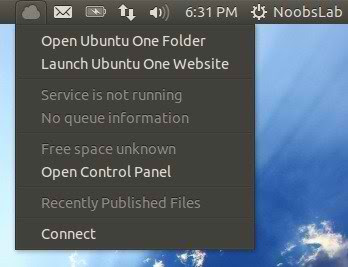


The fact that it runs at all leads me to believe it is nothing to do with the application, and more the pattern of network behavior. Whereas syncthing is a daemon that keeps running all the time, uses inotify to detect that files changed instead of polling, and therefore can sync almost instantly and it can sync an arbitrarily. Not sure if having Syncthing running would be enough to stop that behavior.Īlso this is all dependent on why Cisco has a problem with it. Package: syncthing-gtk (0.9.4.4-1) universe Links for syncthing-gtk GTK3-based GUI and notification area icon for syncthing Other Packages Related to. Go to settings, Global Discovery Server and add stdiscosrv’s host address to the comma-separated list, e.g.
#UBUNTU SYNCTHING WINDOWS#
I'm not sure about this, because I typically kill WSL once I'm done with whatever I needed it for, but I think Windows will eventually shutdown WSL. To make Syncthing use your own instance of stdiscosrv, open up Syncthing’s web GUI. But beyond that I don't believe WSL starts until you first launch a shell for it or try to start an app via WSLg (which is another option for setting things up without resorting to command line and browser stuff). Not sure about the Ubuntu package, but on Arch a service file is included and just has to be enabled. So at the moment there is no way to access the Syncthing GUI to configure your folders and nodes. Problem is, Ubuntu Server is usually headless. Recently they added support for systemd, so you could use a systemd service. sudo systemctl enable rvice sudo systemctl start rvice So this will start Syncthing on your Ubuntu Server.

Can do that b y overriding it with a command line argument, and then change the configuration in the web interface for subsequent launches. So you might need to configure that manually at first. I believe by default Syncthing might only listen on localhost, which could be a problem under WSL, since it is effectively a VM. You should be able to access the web interface from a browser on Windows just fine.


 0 kommentar(er)
0 kommentar(er)
